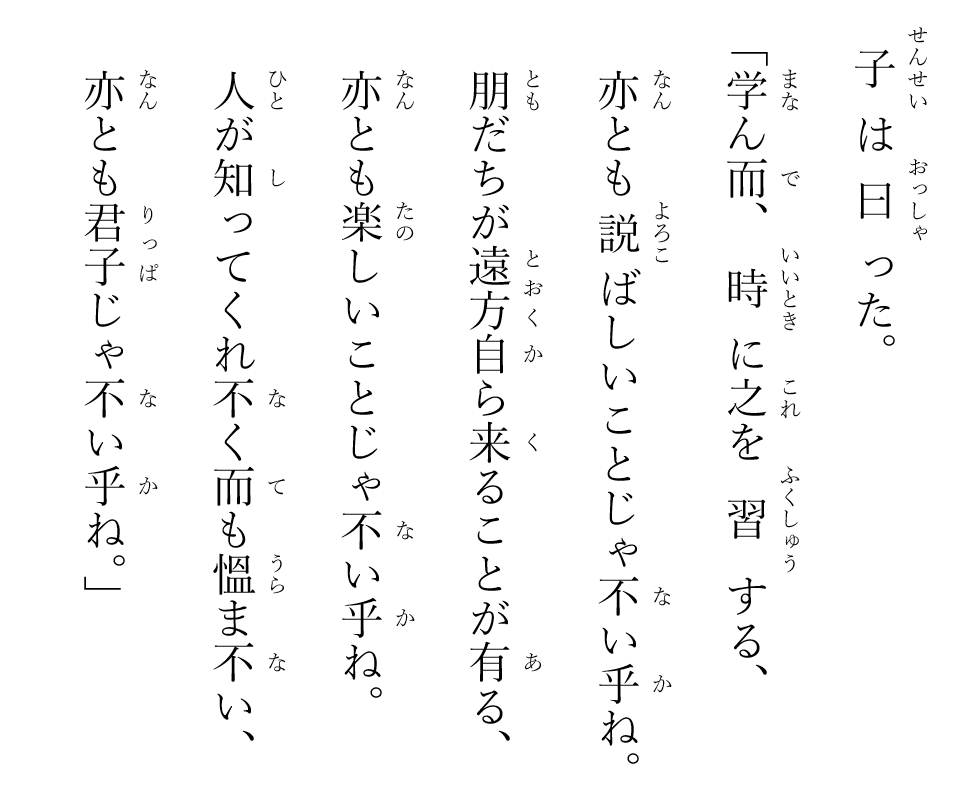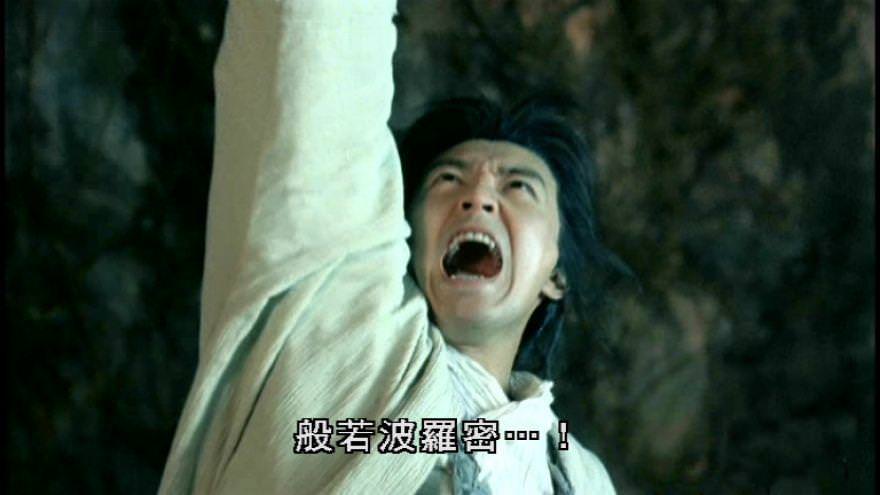Prince Chieu Van and the Temasik envoys
In Fascicle 7, in an entry dated between 16 July 1330 and 14 August 13301, we were told that during the time of Nhân Tông 仁宗時 (r. 1278 - 1293, 1293 - 1308), envoys from Temasik 冊馬錫 came to offer tribute. They sought someone who could understand their language but found no one, except for Prince Chiêu Văn 昭文王, who was capable of communicating with them.
仁宗時,冊馬錫國使來貢,求能通語者不可得,獨日燏能之。
The personal name of Prince Chiêu Văn was Trần Nhật Duật 陳日燏 and he was the sixth son of Trần Thái Tông and the uncle to Nhân Tông. The polyglot attributed to his language ability to his constant interactions with foreign ambassadors during his father's reign. His nephew, Emperor Nhân Tông, even half-jokingly memorialized: Uncle Chiêu Văn must be a descendant of the natives, which is why he is skilled in the languages of various countries.
或問其故,曰:太宗時北國使至,因與之遊,故少通其語耳。仁宗嘗曰:昭文叔蓋蕃落人後身,故善為諸國語。
Now, we can all agree that the Vietnamese annal is very clear and leaves no room for misinterpretation if the calendrical data are used correctly2. Unfortunately, Kwa et al. (2019) mistook3 the entry date in Fascicle 7 as the time point of Temasik's mission to Vietnam, and incorrectly claim that:
. . . the Vietnamese annals indicate that in 1330, Malay envoys were dispatched by a kingdom called Sach-ma-tich (Temasek) to the Vietnamese court, and were received by a prince who could speak the native language of the Malays . . .
Miksic (2013), on the other hand, was able to correctly point out that Temasik did not send any mission to Vietnam on 1330, but he handled other parts of the text incorrectly4.
Likely influenced by Vasiljev (2000), Miksic asserts that Temasek sent two missions to the Vietnamese court5. The first date was between 1279 and 1293, which is consistent with the Vietnamese record. The second date suggested was between 1268 and 1278, which is deduced incorrrectly by misreading the text.
Miksic correctly noted that Prince Chiêu Văn was relatively young at the end of his father’s reign but misinterpreted 北國 as Temasek. Furthermore, he mapped the period of Thái Tông (太宗時) to the time when Thái Tông was ruling as emperor (r. 1226 – 1258) and mistakenly faulted the annalist for associating the Temasek mission with the wrong regnal name6.

- 卷七・憲宗皇帝・庚午・開祐二年・秋七月. The entry was cited by Wolters (1982): . . . these references to Nhật Duật 日燏 are in Đại Việt sử ký toàn thư 大越史記全書 under the dates of 1280 and 1330. I can think of no better rendering of Sách-mã-tích 冊馬錫, mentioned in the Vietnamese annals under the date of 1330, than as ‘Temasek'. The last two characters are identical with a fourteenth-century Chinese transliteration of Temasek, while the Chinese sound for the first character begins with Ts'. Temasek was flourishing in Nhật Duật's lifetime . . .
O. W. Wolters (1982) History, culture, and region in Southeast Asian perspectives, ISEAS, Singapore, p. 48.
This record supplies a reasonably good lower bound (between 1278 and 1293) for the existence of Temasek. For upper bound, we may turn to Wang (1350) or Nagarakretagama (1365).
- For example, Sinclair (2021) correctly quoted the calendrical bracket between 1278 and 1293. See I. Sinclair (2021) The inception of Lion City, in Kwa Chong Guan (2011) 1819 & before: Singapore's pasts, ISEAS Yusof Ishak Institute, Singapore, pp. 65 - 76.
- See Kwa Chong Guan, Derek Heng, Peter Borschberg, Tan Tai Yong (2019) Seven hundred years: A history of Singapore, National Library Board, Singapore, p. 26.
- The translation given by Miksik (2013) is as follows: . . . in the second year of Khai Huu (1330) . . . Prince Nhat Duat Duat died (at the age of 77). The Prince enjoyed spending his time with foreigners . . . Foreigners arriving to the Capital usually came to see him at this home . . . In the reign of Nhan Tong (1279 - 1293), an ambassador from Sach Ma Tich (probably Temasek) arrived with presents and no interpreter could be found. Only Nhat Duat was able to translate. When asked why he could understand their language, he said: In the reign of Thai Tong (1226 - 1258), an ambassador of their country arrived and I befriended him, that is why I can understand a little of their tongue . . .
J. N. Miksic (2013) The silk road of the sea, NUS Press, Singapore, pp. 181 - 182.
- Personal communication between J. N. Miksic and I. Vasiljev, 10 December 2000. Ivo Vasiljev (b. 1935, d. 2016) was a Czech linguist. He focused primarily on the Vietnamese language and the cultures of East Asia.
- Here, 太宗時 (the time of Thái Tông) could only be a reference to the period when Prince Chiêu Văn's father was assuming the position of Emperor Emeritus, since the prince was only three when he father abdicated in favor for the crown prince. 北國 is a Vietnamese reference to China, but the term had to be interpreted generically as foreign countries in the context of the paragraph. Incidentally, this period was nearly identical with the reign of Thánh Tông 聖宗 (r. 1258 - 1278).
The tradition of early abdication in favor of the crown prince appears to have been established by the founding king of the Trần dynasty 陳朝, Trần Thái Tông 陳太宗 (b. 1218, d. 1277).
The opening line of Fascicle 5 reads: 姓陳,諱煚,先諱蒲。為李朝袛候正,受昭皇禅,在位三十三年,遜位十九年,壽六十歲,崩于萬壽宫,塟昭陵, which is approximately: The surname of the Emperor was Trần 陳. His given name was Cảnh 煚, though he was previously known as Bồ 蒲. He served as a Royal Attendant 袛候正 in the Lý dynasty 李朝. His administration began with the abdication 禅 of the last emperor of the Lý dynasty, Lý Chiêu Hoàng 李昭皇 (d. 1218, d. 1278). He reigned for 33 years as emperor, and for another 19 years as emperor emeritus. He passed away at the Palace of Vạn Thọ 萬壽宫, at the age of 60, and was buried in the Chiêu Mousoleum 昭陵.

Princess Chiêu Thánh 昭聖公主 / Empress Lý Chiêu Hoàng 李昭皇, the wife of Trần Thái Tông 陳太宗.
The last monarch of the Lý dynasty, Empress Chiêu Hoàng abdicated on the 12th day of the 12th month of the year of Yichou 乙酉冬十二月十二日戊寅 (11 January 1226). Note the sexagesimal date 戊寅 (15) supplied in the Fascicle 5 does not appear to the match the correct value in the Chinese records, i.e. 戊戌 (35). In fact, in Fascicle 4, the date on which the Empress announced her retirement was 十二月十一日戊寅 (slightly different from that of Fascicle 5, but again with the incorrect sexagesimal date value). If 戊寅 in Fascicles 4 and 5 is to be taken seriously, then the date can only be 乙酉冬十一月二十一日戊寅 (22 December 1225).
Trần Thái Tông was born on 9 July 1218 (李建嘉八年戊寅六月十六日) and was therefore only 7.5 year-old when he took over the throne from Empress Chiêu Hoàng. This is in line with the record that says Thái Tông was recruited to serve in the Palace when he was only eight (時大八歲,為李朝祗應局祗候正). Actually, both Empress Chiêu Hoàng and Trần Thái Tông were puppet monarchs installed by Trần Thủ Độ 陳守度 (b. 1194, d. 1264) since Empress Chiêu Hoàng was only 6 when she was installed.

| # | Name | as Emperor 皇帝 | as Emperor Emeritus 太上皇 | relationship with Prince Chiêu Văn |
|---|---|---|---|---|
| 1 | Thái Tông 太宗 | 1226 - 1258 | 1258 - 1277 | son |
| 2 | Thánh Tông 聖宗 | 1258 - 1278 | 1278 - 1290 | brother |
| 3 | Nhân Tông 仁宗 | 1278 - 1293 | 1293 - 1308 | uncle |
| 4 | Anh Tông 英宗 | 1293 - 1314 | 1314 - 1320 | grand uncle |
| 5 | Minh Tông 明宗 | 1314 - 1329 | 1329 - 1357 | great granduncle |
| 6 | Hiến Tông 憲宗 | 1329 - 1341 | great granduncle, twice removed |





Comments